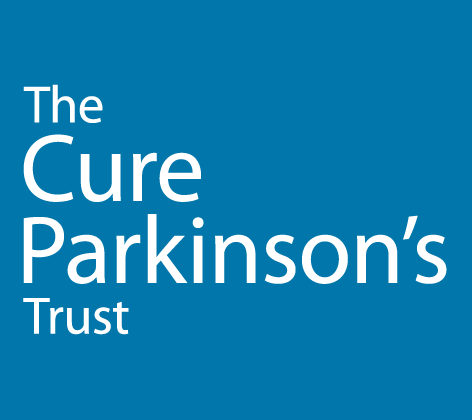Understanding the two faces of Levodopa
Original article: L-DOPA for Parkinson’s disease – a bittersweet pill, European Journal of Neuroscience: November 2018.
The takeaway
The levodopa remains the mainstay of symptom management for Parkinson’s, but dyskinesias can often develop. This paper outlines some of the open questions that persist, as well as the research priorities around understanding some of its unintended effects.
Why is it important?
Understanding the mechanism underlying dyskinesia is an essential first step toward developing effective management strategies. The same applies to the complex interplay between Levodopa and transplanted cells which will be especially important given the ongoing stem cell trials.
%
IMPACT
- Novelty 75%
- Proximity 60%
- Deliverability 60%
Impact Opinion
“The development of dyskinesias is one of the main concerns for individuals living with Parkinson’s. Long term use of dopamine replacement therapies like Levodopa are associated with the development of involuntary movements at peak doses of Levodopa. This review article comes at an ideal time, asking very pertinent questions regarding graft induced dyskinesias as we have a number of cell transplantation clinical trials ongoing. Some previous cell replacement trials have been affected by the development of dyskinesias. It will be interesting to see if the more dopamine neuron-focused stem cell approaches can reduce this side effect.”
Background
Levodopa has been the mainstay of treatment for Parkinson’s for almost 50 years. However, it appears that in addition to its beneficial effects, long term use and higher doses can cause dyskinesias, or uncontrollable, involuntary movements which can be distressing and difficult to manage.
So what do we know about Levodopa? Research has shown that it has no effect on disease progression or life expectancy. The major complication that comes with its long term use is Levodopa induced dyskinesia (LID). Research comparing it to a dopamine agonist (ropinirole) found that while dyskinesias were less severe on it, LID seen when Levodopa was eventually introduced after ropinirole were no less severe. Younger people with Parkinson’s (younger than 50), those with more advanced disease, and those with rigidity as the primary problem (rather than tremor), tend to be at a higher risk for developing LID. We now also know that “Levodopa holidays”, that is, short discontinuation periods, do not improve LID.
The details
Dyskinesias were also part of the unexpected complications seen after the variably efficacious cell transplantation trials using fetal mesencephalic cells, in what is now known as graft induced dyskinesia (GID). Many of the patients who were transplanted developed these involuntary movements even in the OFF state, that is, when they were not on Levodopa. In the majority, these were patients who had experienced LID prior to transplantation.
Much work has focused on explaining this unanticipated consequence, mostly through preclinical work and neuroimaging studies in transplanted patients. It is thought that a different kind of receptor on the surface of transplanted cells, namely for serotonin, which interacts extensively with the dopaminergic system, may be involved. Given the move to stem cell transplantation, dyskinesia and the role of Levodopa following transplantation, these open questions will need to be properly understood also.
Next steps
Levodopa remains a highly effective drug and progress is being made in understanding the full range of its effects and side effects. Efforts are also focusing on improving its delivery, which can be slow and unpredictable through oral ingestion: these pronounced peaks and troughs can worsen dyskinesia. The aim is to maintain its levels as constant as possible, which can be better approximated with the DuoDopa pump and the use of a gel formulation. A new skin patch pump is also currently being trialled.
Original article: Lane, E.L. November 3, 2018. L-DOPA for Parkinson’s disease – a bittersweet pill



